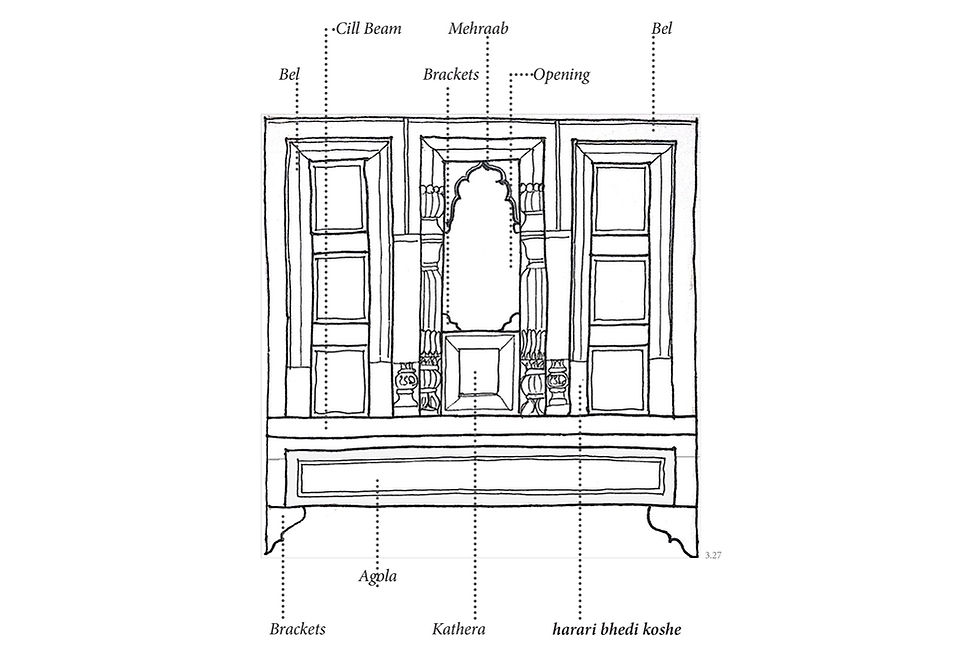
Documentation
The Kumaon region is rich in its biodiversity. The abundant forests in the region have been a major resource for the locals for years. As an outcome, a lot of crafts originated as a product of ample availability of wood. These fall under the umbrella of 'kastha shilpa', literally meaning wood-craft, and range from making utensils to construction of houses. Many among these crafts are no more being practiced, whereas others are slowly dying. As cultural contexts evolve and architectural preferences of the local populace change, these crafts are often seen as crafts of the bygone era. Rising costs and unavailability of good quality wood are also contributory factors in their declining popularity.
Our initiative is an attempt to capture the essence of these local crafts, by documenting existing knowledge and resource base, while introducing vocational training and probable social entrepreneurship models.

The scope of our first study consisted of 20 to 30 houses in village Peora in Kumaon, and was aimed to understand their architecture, spatial arrangement, and domiciliary activities. These houses, made of wood and stone, are traditional rural dwellings called 'baakhlis'. A baakhli usually comprises of several dwelling units which are constructed adjoining each other allowing them to expand and increase as required by the family.

Traditionally, an integral part of the hill architecture in Kumaon, Likhai is the art of ornate woodcarving. Carved in hard Tun wood (Toona Celiata), it is found primarily on structural elements of dwellings. Embellished with folk, religious and nature inspired motifs, the carving is done combining many stylized plants and geometrical patterns into a single window, door or pillar.

Unlike the villages that are the scope of this study and have been used for defining Likhai so far, the city typology differs substantially. This module of the study was conducted in Almora, which is a cantonment town located on the southern edge of the Kumaon hills. It has been the seat of power since the mid sixteenth century and is the cultural hub of the state, which may be one of the reasons why the Likhai here is more intricate and the attention to detail much more visible.
The city has a dense urban fabric and compared to the rural typologies covered in this study. The clusters are very compact, each with units up to two to three floors high. Moreover, unlike the rural typology, Likhai was done on commercial as well as residential buildings.











